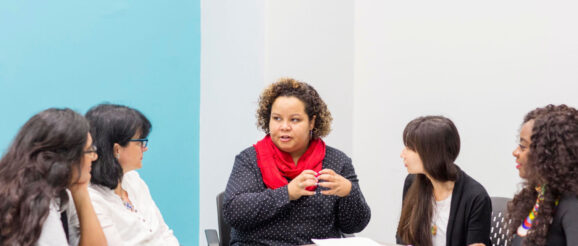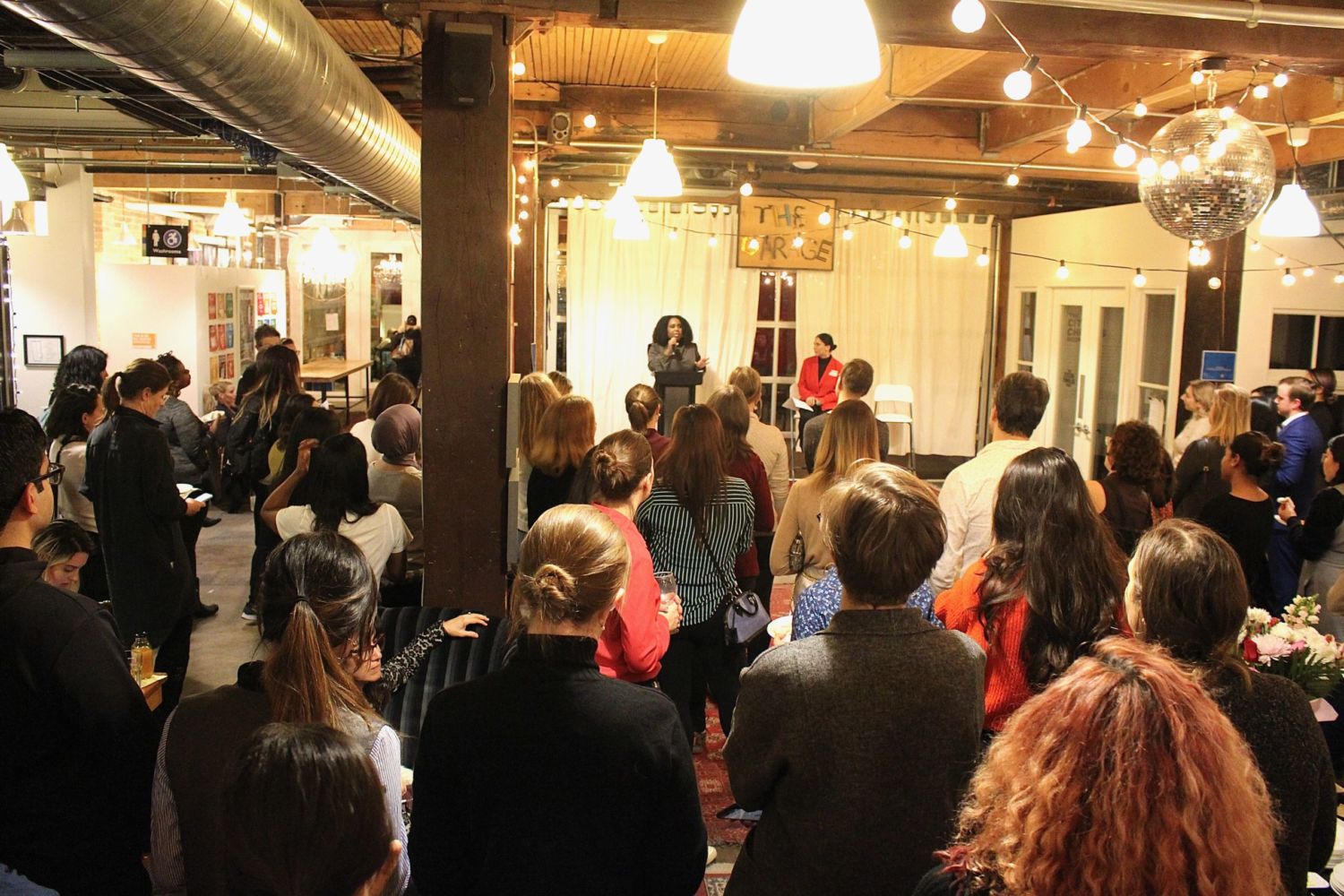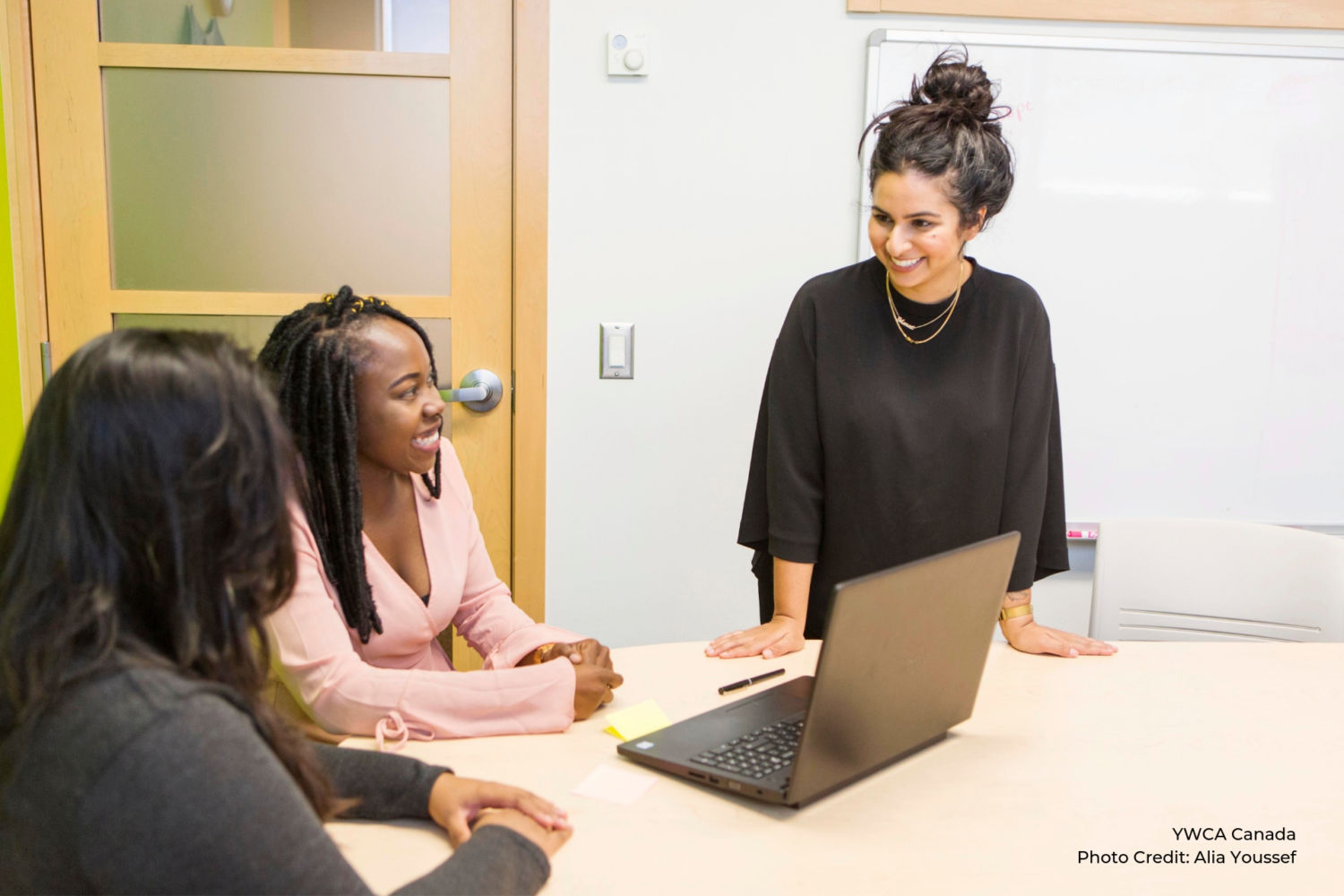Why diversity and inclusion are essential to social innovation


With the ongoing COVID-19 pandemic, we need bold, innovative solutions to build back better, and that will take collaboration at every level: individuals, communities and governments.
The Rideau Hall Foundation’s 2020 asked Canadians what makes for a particularly strong culture of innovation. Respondents ranked diversity and inclusion as the most important factor — and that Canada is particularly strong on this front. confirm this belief, showing that diverse teams are better at problem-solving, have more accurate group-thinking, earn more money — and are more innovative.
However, for full effect, a team can’t just be diverse. It must also be inclusive. Every team member must feel able to truly participate. Deep inclusion strategies can make organizations up to better at collaboration, which is crucial for the social impact organizations pushing for a better post-pandemic future.
Here’s how three leaders are using inclusion to collaborate within their organizations, furthering their impact and upping Canada’s culture of innovation.
What happens when teams are inclusive?
With over 30 chapters across Canada, collaboration is central to ’s work, advocating for the rights of women and girls. Anjum Sultana, the organization’s national director of public policy and strategic communications, says, “At the core of it is an appreciation of one another’s strengths and talents. On a personal level, I know I’m not good at everything, but I know what I am good at — and I know what others are good at.”
“There are a lot of data and reports that show how more diverse teams are better able to , and therefore create ,” says Larissa Crawford, founder and managing director of , an Indigenous and Black-owned, youth-led professional services social enterprise.
She explains, “I’ve had several experiences where I’ve been brought in [to organizations] under diversity efforts, but those spaces weren’t actively anti-racist. I wasn’t encouraged to be the diverse self that I am – I was encouraged to be a diverse-looking body. That’s really where the anti-racist piece comes in, and why I think so many of our clients find how much more effective it is to be anti-racist versus simply diverse.” For an organization to be actively inclusive, rather than passively diverse, steps must be taken to ensure team members feel welcomed and valued. Anti-racism is a vital part of that, as a consistent action that actively commits to creating equitable spaces.
This focus on active inclusion, rather than solely diversity, is important for the , which brings together over 1000 social mission groups in community workspaces. “When you bring diverse perspectives together into a shared space, that is the foundational ingredient for innovation,” says co-founder and CEO, Tonya Surman.
To assess its diversity, CSI conducted of its staff, board and customers in 2016 and 2018. In 2018, 43 percent of CSI’s staff and 37 percent of the board identified as being racialized (up 3 percent and 1 percent from 2016). Surman says CSI has a predominately white client base. “I’d love us to be more diverse — so how do we do that? We’re always improving the way that we work, and we’re always acknowledging that we don’t know it all.”
As part of the push to improve on inclusion, CSI launched the IDEA Committee (standing for Inclusion, Diversity, Equity and Accessibility) in 2016, which aims to make CSI more welcoming. “It’s one of the things that we’ve created in order to address issues around diversity, inclusion and harassment,” Surman says. “Let’s face it, when you have a community of 3000 people in a space, you’re going to be dealing with the realities of society.” One idea that came from the committee was a recurring ‘Ask Me Anything’-style session with Surman, for her team to discuss any concerns. “Staff can come to me directly, and have an open conversation,” she says.

CSI’s hiring practices have also changed to ensure that when job openings are posted, the notice is meaningfully distributed within diverse communities. “It’s not just saying, ‘Oh, we’re going to be inclusive’. It’s actually about making sure that you’re building the relationship with the communities that you’re interested in becoming more involved with.”
Research shows that the behaviour of leaders — for example, recognizing an employee for an idea in a meeting — can have up to a in whether or not an employee feels included at work, especially if the employee is racialized. For an organization to be truly inclusive, the C-Suite has to be on board. “Let me be honest, I’m a privileged white woman,” Surman says. “In meetings, it’s usually me ceding space rather than taking up space. As somebody who’s had to take up a lot of space to get where we are, learning to back the hell down is also really important.”
Black Lives Matter
For many organizations, this year’s rising Black Lives Matter movement marked the first time they evaluated their own anti-racism policies. In a , 38 percent said they had experienced racial discrimination in the workplace. “There have been people like me who have named racism in organizations for decades, and it wasn’t acted upon for a number of reasons and excuses,” Crawford says. “Now people are realizing that racism and a lack of diversity can affect an organization’s bottom line, and how the public views them. It’s essentially a risk, and now we’re seeing a lot of resources being allocated to this kind of work.”
Future Ancestors requires that its clients “have full commitment for holistic, organizational change.” She adds, “Naming the problems within an organization [means] being uncomfortable in some instances, but creating a space to ask: how does whiteness inform how our organization operates? How does ableism inform how our organization operates through our attitudes, our policies, how we organize events? When we’re able to have a conversation that’s naming barriers, naming systemic racism — then I see my clients being able to do strategic planning in a completely different way.” And it is that strategic planning that leads to better internal collaboration, leading to more trust and eventually, innovation.
YWCA Canada’s strategic plan has a focus on anti-racism. “It’s very early days, but we are looking at what it looks like internally to take our commitments and translate them into concrete actions,” Sultana says about Black Lives Matter. She emphasizes the importance of long-term investments in inclusion strategies. “At the heart of it is having authentic relationships, and that’s not an easy task by any means. If the relationship is there, then at least there is that internal accountability to make sure whatever is being done, it works for the people who are most affected.”
For CSI, responding internally to Black Lives Matter was a learning opportunity in how to create safe spaces for employees to share their thoughts and feelings. “It’s never perfect, it’s never easy, but giving the staff the opportunity to speak up, and then ultimately providing them with access to the support that they might need, for the time that they might need, in order to cope with what is going on in the world — these are things that we can do as employers.”
#BuildBackBetter through a culture of innovation

Future Ancestors launched in April 2020, at the start of the COVID-19 pandemic. Crawford explains that, by helping her clients better understand the needs of equity-seeking groups, she supports them to become more inclusive and “understand their roles, and that they carry agency and power in really shaping this recovery period, and redefining what our normal looks like.”
Reflecting on that same agency, Surman says that for CSI, “We won’t be able to innovate without diversity, that’s the bottom line. Diverse perspectives will be the foundation of the next innovation — especially social innovations.”
Sultana says the way to build back better post-pandemic is by “having inclusive, collaborative approaches. Innovation is implicit in doing things better, more effectively, in a way that actually works for people. Now’s our opportunity to make sure, however we come back from this crisis, that ultimately it works for everyone — that no one is left behind.”
#CanadianInnovationWeek is an opportunity to join a national movement to recognize Canadian achievements and inspire the next generation of innovators. Hosted by the Rideau Hall Foundation, Canada’s third Innovation Week will take place on November 16-20 and will be fully virtual. Future of Good is excited to be creating digital content and hosting digital events during this week with the RHF. Stay tuned for more information.
